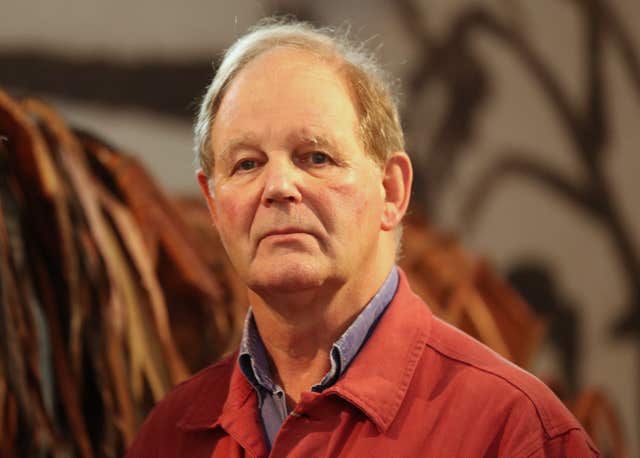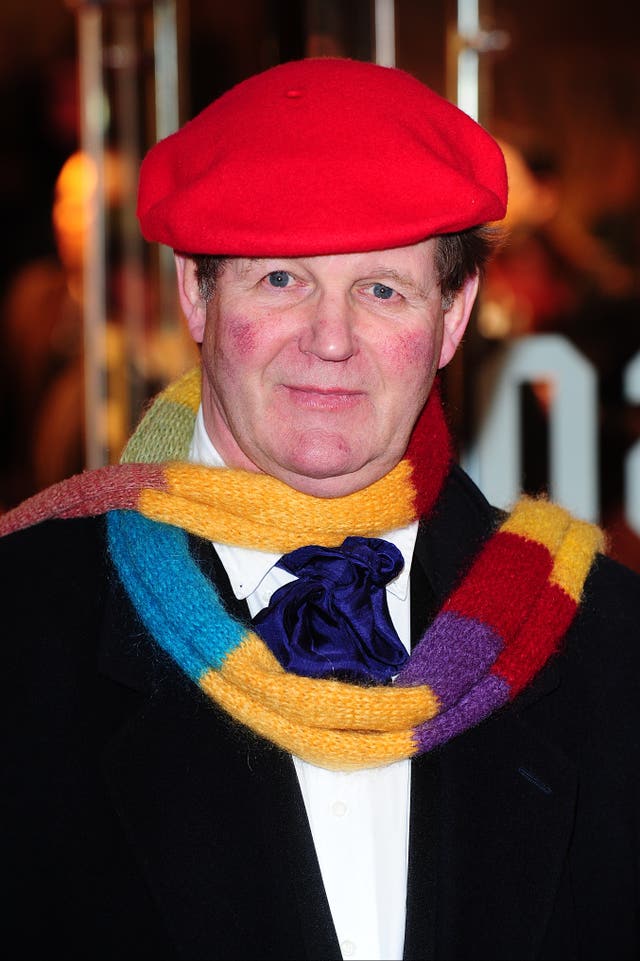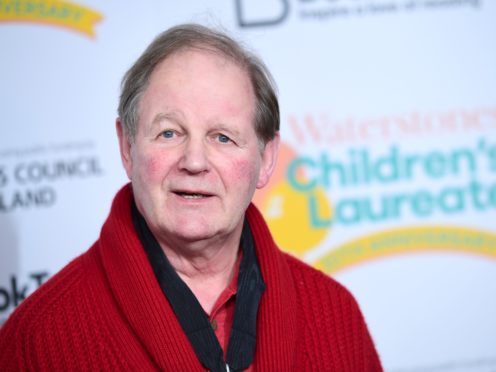Sir Michael Morpurgo has said that literature should not shy away from tackling “deeply uncomfortable” topics.
The children’s author told Times Radio that we live in a “complex, difficult, in many ways beastly but joyous world” and that should be reflected in books for the young.
Reading about people’s struggles and different cultures can improve your empathy for others, he added.

Sir Michael, who is best known for penning books such as War Horse and Private Peaceful, said: “It is very, very important for children nowadays in this world which is really small, small, small for them to have some sense of empathy and understanding for other people.
“So yes, the young must read about the old, the French must read about the British, we must read about the Chinese, that is the way actually this world will improve.
“It is the only way, actually, because empathy is the great thing.”
He added that literature should not shy away from telling stories which are “deeply uncomfortable, even if they are about us”.

Discussing the response to the Second World War, he said: “I’m always very admiring when I go to Germany and I realise that they don’t spend their time beating themselves over the back.
“What they do say is this is what happened.
“I personally am not responsible but my country was responsible and I acknowledge it and you take it in and that is real history.”
He added: “It is not statues, it is real history because it is the story of what actually happened and truth must be told, both in present day history but also from the past, otherwise we wouldn’t be able to understand the present.”
